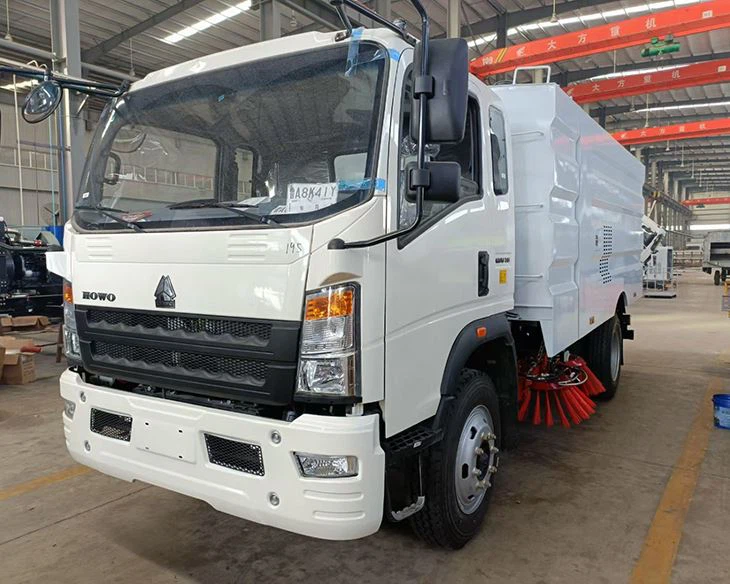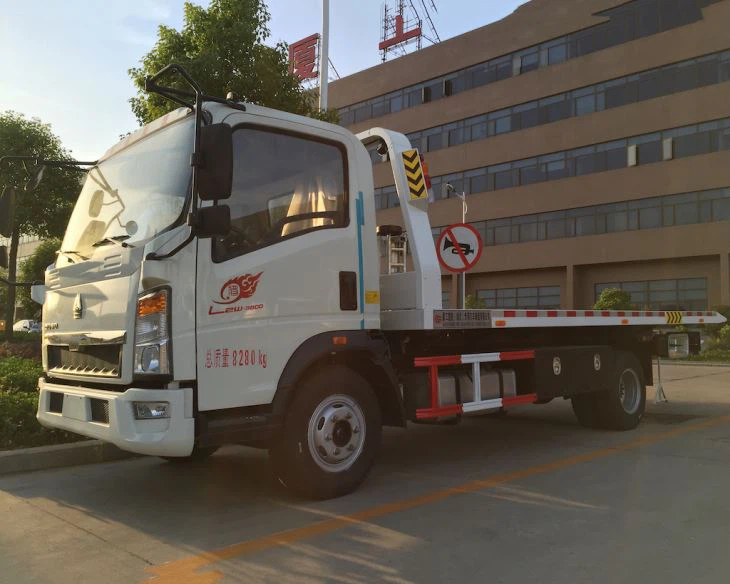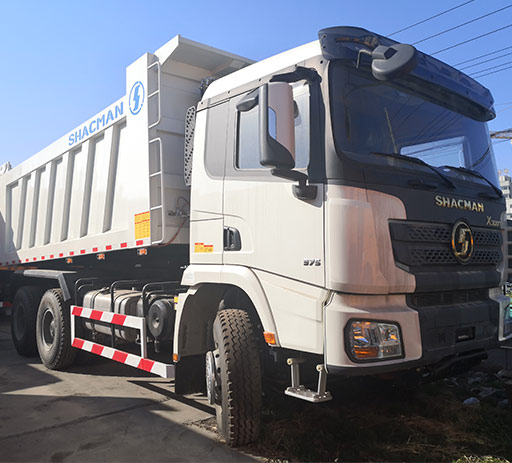Ultimate Guide to Manual Garbage Compactors: Efficient Waste Management Solutions

In an era where waste management is becoming increasingly important, manual garbage compactors offer a practical and efficient solution for reducing the volume of waste. This guide offers an in-depth look at manual garbage compactors, covering everything from their mechanics to their applications, benefits, and practical usage tips.
What is a Manual Garbage Compactor?

A manual garbage compactor is a device designed to compress waste materials, reducing their volume to facilitate easier handling and disposal. Unlike automated systems, these compactors rely on human effort for operation, making them an eco-friendly alternative for small businesses and households.
How Manual Garbage Compactors Work
Manual garbage compactors typically feature a chamber where waste is deposited. Users apply physical pressure using a lever, handle, or foot pedal to compact the waste within the chamber. This compression minimizes space and ensures that the waste is tightly packed.
Types of Manual Garbage Compactors
- Hand-Operated Models: Designed for small-scale use, these units typically come with a handle that users can push down to compress waste.
- Pedal-Operated Models: These compactors utilize a foot pedal for operation, making them more convenient for users who may have limited upper body strength.
- Tabletop Models: Suitable for kitchens, these compactors are compact and designed for countertops, making them ideal for household use.
Benefits of Using Manual Garbage Compactors
Choosing to invest in a manual garbage compactor can provide several advantages for both households and businesses.
Space Efficiency
Manual garbage compactors significantly reduce the volume of waste, allowing you to save space in bins and landfills. This is particularly beneficial in urban settings where space is limited.
Cost-Effective Waste Management
By compacting waste, you may reduce the frequency of garbage pickups, ultimately leading to lower waste disposal fees. This makes manual compactors a smart investment for small businesses and homeowners alike.
Environmental Advantages
Less waste means fewer emissions associated with trash transport. Reducing the volume of waste helps the environment by minimizing the carbon footprint linked with disposal processes.
Choosing the Right Manual Garbage Compactor
Selecting a manual garbage compactor involves several factors to ensure you get the right unit for your needs.
Size and Capacity
Determine the amount of waste your household or business generates to choose a compactor with a suitable size and capacity. Compacting motors are available across various sizes catering to both small and large volumes.
Material Construction
| Material | Durability | Benefits |
|---|---|---|
| Plastic | Lightweight | Low cost and easy to clean. |
| Metal | Highly durable | Long-lasting and resistant to wear. |
Mechanism of Operation

Consider the type of operation that suits your needs: hand-operated or pedal-operated. Pedal-operated compactors provide more convenience, while hand-operated models can be a more cost-effective choice.
Practical Tips for Using Manual Garbage Compactors
Maximize Compression Efficiency
To achieve optimal results, ensure that you are filling the compactor correctly. Distribute waste evenly throughout the chamber to avoid uneven compaction.
Regular Maintenance
Inspect the compactor regularly for wear and tear. Cleaning the compactor after each use will also help preserve its operation and effectiveness.
Types of Waste Materials
Some compactors work better with specific types of waste. For example, food waste may require a different approach compared to cardboard or plastic. Always check manufacturer guidelines for suitable waste types.
Common Uses of Manual Garbage Compactors
Small Businesses
Restaurants and cafes often use manual compactors to handle food waste efficiently, helping to manage trash and lower disposal costs.
Households
For homes, manual compactors can help reduce the amount of trash produced, keeping kitchens clean and organized. They can also be used to compact lawn waste such as leaves and grass clippings.
Construction Sites
Construction businesses can benefit from manual compactors to manage debris effectively, ensuring that sites remain safe and tidy.
Key Features to Look for in Manual Garbage Compactors
Ease of Use
Check if the unit has ergonomic considerations, such as comfortable handles or pedals that are easy to operate.
Portability
Some compactors come with wheels for easy maneuverability. If relocation is necessary, this feature is particularly beneficial.
Safety Features

Look for manual compactors with safety features such as locking mechanisms to prevent accidental operation, especially in households with children.
FAQs About Manual Garbage Compactors
1. How often should I empty my manual garbage compactor?
It largely depends on the amount of waste you generate. Empty the compactor when it’s full to maintain optimal compaction efficiency.
2. Can I compact different types of waste together?
It’s best to compact similar types of waste together to avoid clogs and uneven compaction. Always refer to the manufacturer’s guidelines for specific recommendations.
3. Are manual garbage compactors environmentally friendly?
Yes, by minimizing waste volume, manual compactors reduce the frequency of waste pickups, leading to lower emissions associated with waste disposal.
4. Can I use a manual garbage compactor for yard waste?
Many manual garbage compactors can handle yard waste, such as grass clippings and leaves, but check the manufacturer’s recommendations before use.
5. How can I maintain my manual garbage compactor?
Regularly clean it after each use, inspect for damages, and ensure moving parts are lubricated to keep the compactor in good working condition.
6. Where can I purchase a manual garbage compactor?
Manual garbage compactors can be purchased from home improvement stores, online retailers, and specialty waste management product suppliers.
